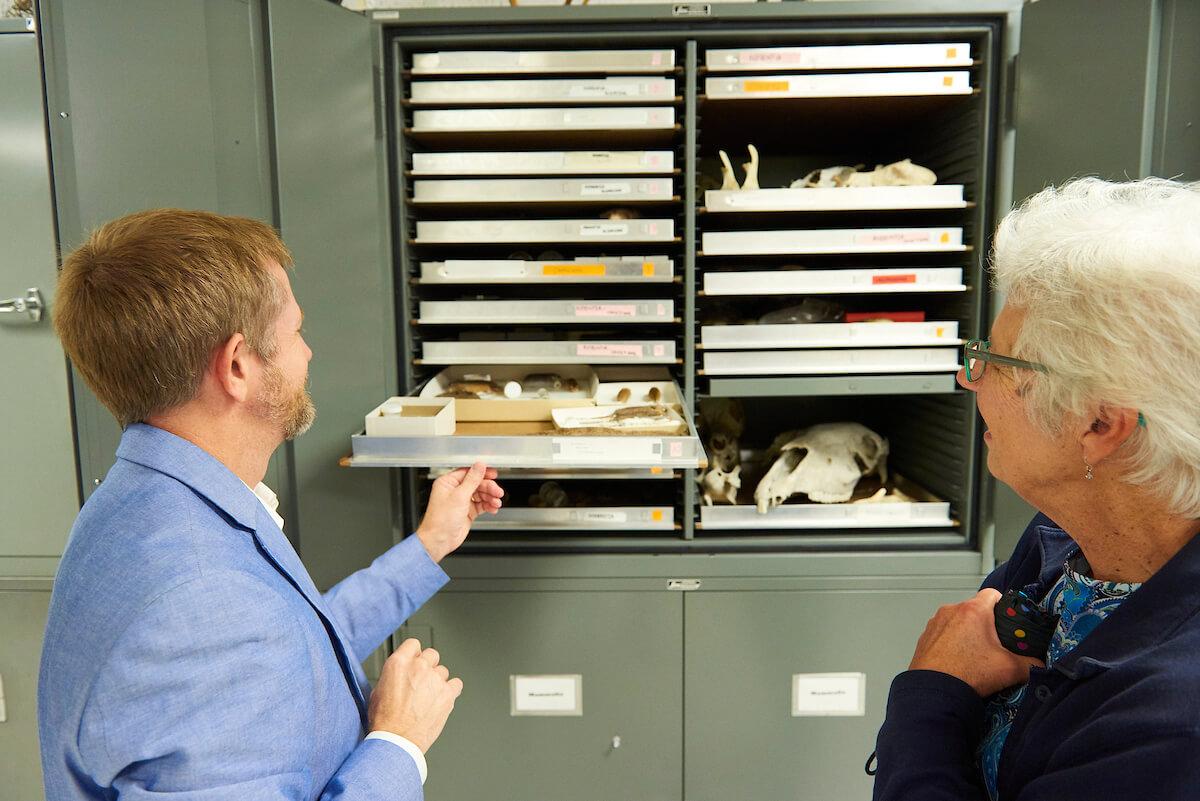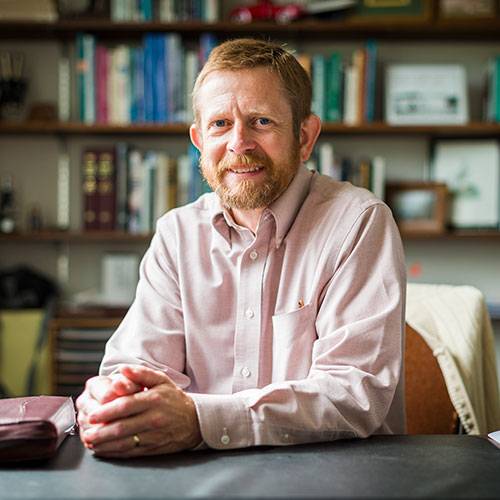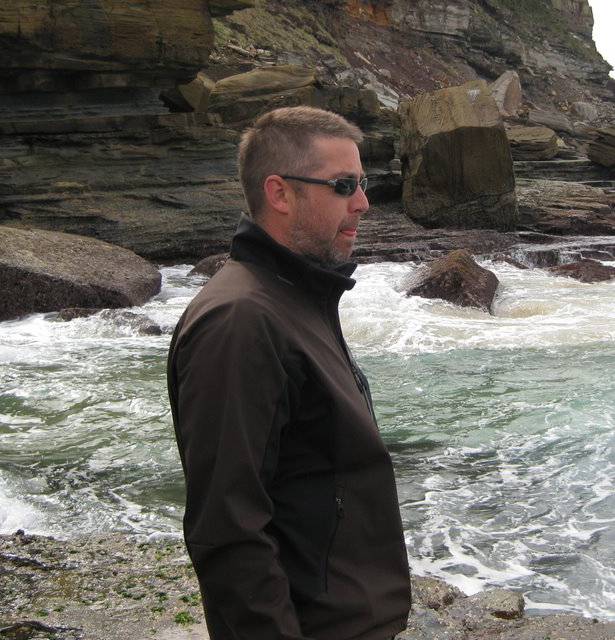Colgate’s natural history museum is home to a vast collection of specimens that have been used extensively in teaching since 1868.
Collections
Altogether, the natural history museum houses 34,000 specimens, including:
- skulls
- mammal skins
- eggs
- seeds
- mosses
- lichens
- lizards
- pressed plants
- stuffed birds
- and more
Cooley Herbarium
The herbarium’s holdings are split into three collections:
- General: containing approximately 170 plant families, 6,000 species, and 20,000 specimens
- Caribbean: containing approximately 80 families, 900 species, and 2,500 specimens
- Madison County (N.Y.): containing approximately 100 families, 1,300 species, and 4,000 specimens
Visit the Museum
The collections of both the Natural History Museum of the Chenango Valley and the George R. Cooley Herbarium are located in room T5 of Olin Hall.
Find Olin Hall on the campus map
Origins of the Museum
The collection was started in 1868 with the first specimens arriving in the luggage of Albert Bickmore, professor of zoology and geology. Bickmore, who would later found the American Museum of Natural History in New York City, brought with him to Colgate a large collection of stuffed birds, which he had collected and preserved throughout several years in the East Indies and Asia.
Since that time, Colgate’s collections have expanded dramatically and can be viewed by faculty, students, and visitors in Olin Hall.


